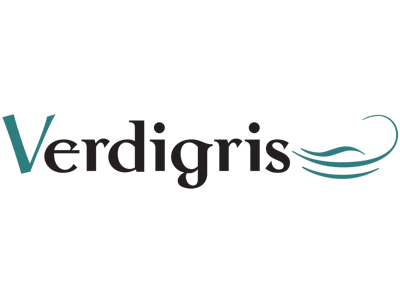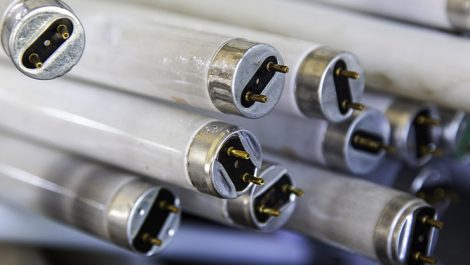Newspapers are struggling still as they wrestle with new business models that shift from printed copy sales to digital delivery. The environmental impact of digital media is largely unquantified, but obviously digital media generate emissions throughout their lives. Print on the other hand, has a one-off carbon footprint and is based on a sustainable resource: wood.
Most newspapers still get the bulk of their revenues from printed advertising income, sourced from some 86% of circulation sales and subscription revenues. But the emphasis is changing. Notwithstanding the problem of digital news aggregators and social media parading as responsible content curators, it is the underlying shift away from established traditions that hurts newspapers the most, particularly the relationships between readers and their favourite titles.
The good news is that this painful transition, necessary for both newspaper publishers and for readers, is well underway. According to WAN-Ifra’s World Press Trends report the number of people paying to read newspapers in a digital format rose 5% year on year between 2018 and 2019. Unfortunately global revenues are down by 3% which means there is less money to invest in delivering news content, digital or otherwise.
This is not good. Not good at all. Professional and independent news operations will be clearly be under threat, if there is no money to pay people to commission, curate and manage content delivery. The World Press Trends report also found that although print still pays the bills print advertising is stll declining at a worrying rate. It was down by 7% year on year.
It might be that publishers are happy with the transition from print to digital delivery which saves the costs associated with printing and distributing physical newspapers. However the expense of managing and developing sophisticated websites, online advertising interactions and campaigns, as well as content curating is not trivial. Whether it is publishers’ specific intent to move to a digital model of punters preference for online viewing doesn’t really matter. But the newspaper business and readers function in an unchartered environment where platforms such as Google and Facebored have extraordinary power to shape news and information. At the same time Google and Facebored deliver readers to newspaper websites with remarkable efficiency and convenience. In this way the platforms support the news industry, but they also pose an additional and unregulated threat to the established relationship between readers and news publishers. How can readers maintain their trust in information providers? Do they trust the online relationship or does their trust reside with print? If so, it’s a value added advantage that Google and Facebored cannot begin to match. And it’s better for the environment to boot.
– Laurel Brunner
This article was produced by the Verdigris Project, an industry initiative intended to raise awareness of print’s positive environmental impact. This weekly commentary helps printing companies keep up to date with environmental standards, and how environmentally friendly business management can help improve their bottom lines. Verdigris is supported by the following companies: Agfa Graphics, EFI, Fespa, Fujifilm, HP, Kodak, Ricoh, Spindrift, Splash PR, Unity Publishing and Xeikon.





